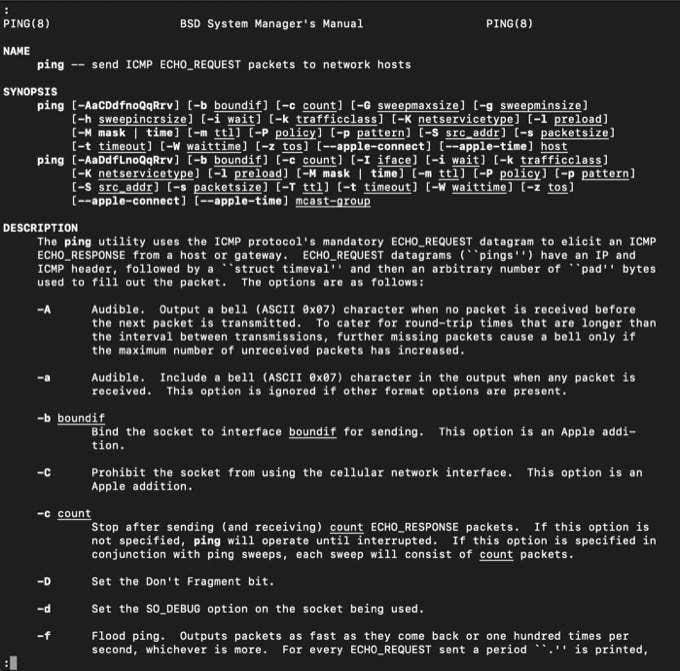
You might need to wait a few seconds before pressing the keys, to give your Mac more time to recognize the keyboard as it starts up.Then press and hold the key combination after pressing the power button to turn on your Mac. If you can't shut down, press and hold the power button for up to 10 seconds, until your Mac turns off. If you can't get a key combination to work when restarting your Mac, shut down your Mac first.Press and hold all keys in the combination together, not one at a time.With Mac OS X 10.7 (Lion) onwards, Apple has changed its licensing agreement in regards to virtualization. Apple does not allow these Client OSes to be virtualized. Update: You cannot create a Mac OS X Client virtual machine for OS X 10.6 and earlier. You don't need much horsepower to run the SDK and you can always sell it on later if you decide to stop development or buy a better Mac. It was for me because I enjoy tinkering with this type of stuff and I started during the early iPhone betas, months before their App Store became available.Īlternatively, you could pick up a low-spec Mac Mini from eBay. I do think you should consider whether the time you will invest is going to be worth the money you will save though. If you're interested in option 1) I would suggest starting at Insanelymac and reading the OSx86 sections. Leopard server and VMWare are expensive, however. Leopard server, however, CAN be run under emulation and can be used for desktop purposes. The EULA for the workstation version of Leopard prevents it from being run under emulation and as a result, there's no support in VMWare for this. As many point out if you stick an Apple sticker on your PC you're probably covered. If you purchase (or already own) a version of Leopard then this is a gray area since the Leopard EULA states you may only run it on an "Apple Labeled" machine. If you're running an AMD machine or something without SSE3 it gets a little more involved. if you're running a Core 2 Duo on an Intel Motherboard, with an NVidia graphics card you are laughing. This is not as hard as you would think, although your success/effort ratio will depend upon how closely the hardware in your PC matches that in Mac hardware - e.g.

The first route requires modifying (or using a pre-modified) image of Leopard that can be installed on a regular PC. This is a commercial toolset, but the component and lib support is growing. Use Delphi XE4 and the macincloud service.


It's certainly possible to develop on a Windows machine, in fact, my first application was exclusively developed on the old Dell Precision I had at the time :)


 0 kommentar(er)
0 kommentar(er)
